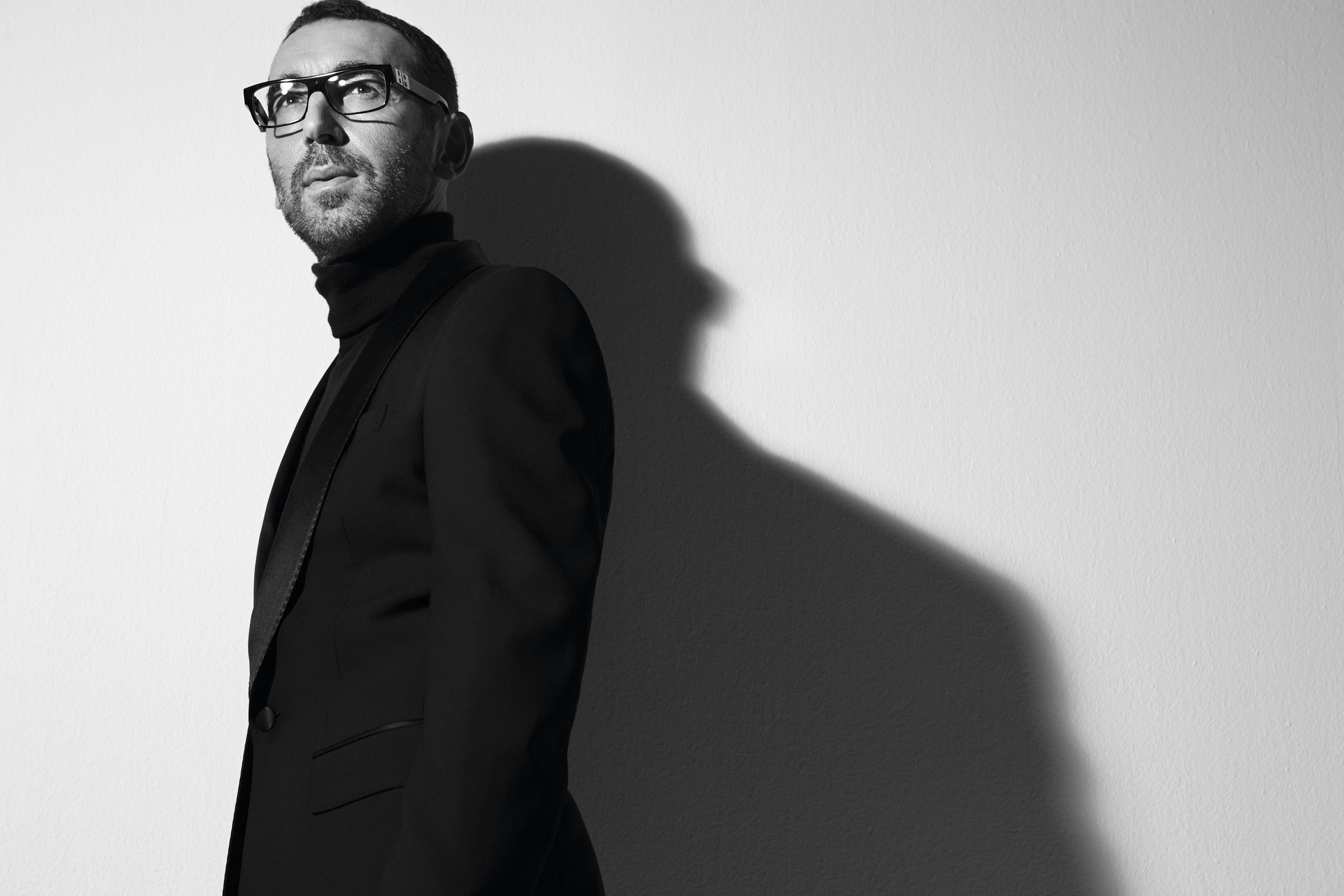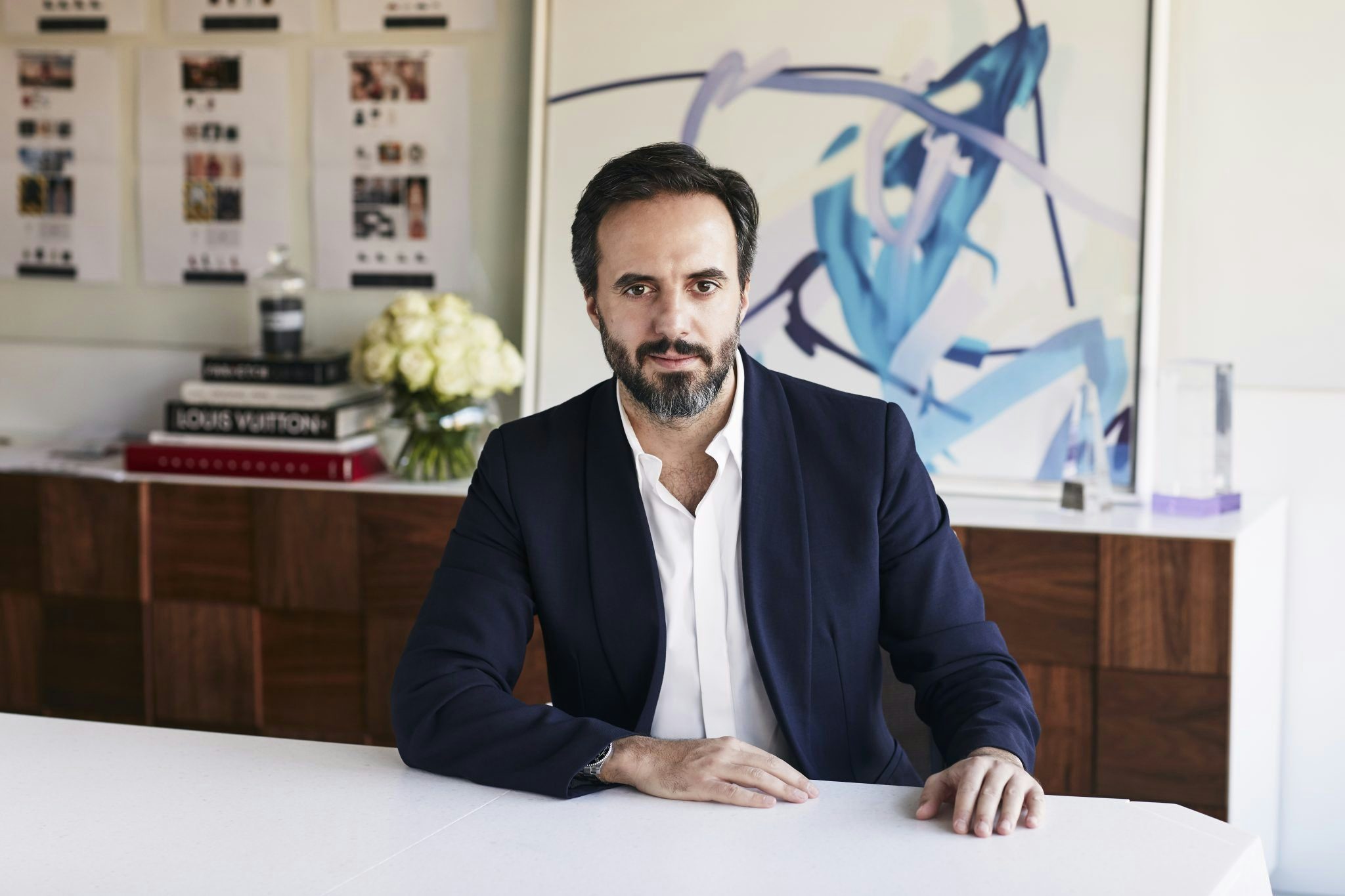The Italian fashion house Ermenegildo Zegna entered the Chinese market back in 1991 and quickly became one of the most-wanted luxury brands among the country's elites. Owing to its superb craftsmanship and high pricing, many affluent Chinese men began to equate dressing in Zegna with success and power.
Almost 30 years on, Greater China is now Zegna's biggest market worldwide, and its consumers are younger and more sophisticated than those elsewhere. They have a different understanding of success and power from their global peers, and what they're looking for from luxury also differs from previous generations of Chinese consumers.
During the WWD’s Mens Wear Summit last week, Jing Daily caught up with Alessandro Sartori, the Artistic Director of Ermenegildo Zegna, to understand how the brand is engaging a new generation of Chinese consumers, and why digital is a key part of the process.
How familiar are you with today’s Chinese consumers?#
I know China quite well because I lived in Hong Kong a long time ago for two years and traveled frequently around China. I visit the country at least twice a year. The change and the open-mindedness, the speed and the very good sense of fashion, are particularly interesting to me. This is something I always consider, not only when we do events or meet people but in the approach in stores, in the story-telling, in the experience store. We saw fantastic reactions during the trunk show last year in Shanghai and Beijing. The styling and the way of putting things together today are particularly new and fresh in China.
What are some significant differences between Chinese and Western consumers that you have observed over the years?#
In China, normally customers are faster. They are really good at embracing new projects and ideas, new types of products, and they like this attitude. It is much easier today to experiment in China as it is also in Japan, for example, as it is in the UK, than in many other parts of the world.
What have you learned from your interactions with Chinese consumers?#
The latest interaction with Chinese consumers I had was during the trunk shows in Shanghai and Beijing. I remembered there was this young guy purchasing a couple of garments. Actually, he did not purchase pieces. He purchased full looks because we entered the idea of wearing a jogging pant and tailored jacket. So we created two suits with very beautifully fitted jackets and cashmere jogging pants. He is a very cool person. I think he's in his 30s.
That athleisure trend, along with streetwear, is gaining momentum in China. What is Zegna’s approach to#
it?#
We have a new generation of materials that we have never used before. We have machine-washable wool, technical fabrics to protect people from extreme weather conditions, new sewing techniques from lacing, taping and binding to tailoring. That athletic technical approach works not only in sports but also in tailoring because now suits can be made machine-washable.
With streetwear, what I really like is to feedback ideas to and from the streetwear market. I like how some young men and boys are dressing in streetwear. At the same time, I still think that there is something really cool about the craft of beautiful cashmere coats or very nice leather jackets. The idea to blend streetwear and modern pieces with this craftmanship to me is very interesting. These two approaches, the athletic technical and the customization of the streetwear with crafted garments, is working very well in China.

I noticed that Zegna invited Chinese actor Lei Jiayin to attend the FW2018 Milan fashion show. What is Zegna's influencer strategy in China?#
What we mainly like is the idea of working with authentic people who can represent the brand and tell the story in the right way. In this case, Lei Jiayin himself is particularly nice. Another project we did was with a group of influencers wearing Zegna Triple Stitch caps last Autumn and Winter. And we had amazing success. Basically, people were wearing the XXX Zegna Couture Cap, posting photos and making videos on social media. The generation of young Zegna clients today in China is really discerning, well-educated and stylish, and we love working with them as well as the actors at the show.
A customization service has long been at the core of Zegna’s offerings. Why is it so important?#
Generally, what we like to do is to add to the space that we call "wardrobe" with pieces that I particularly suggest, and then after, to work [with clients] on a one-to-one approach. So either a personal stylist helps people express their own identity and attitude with Zegna garments, starting with the ready-to-wear and then moving to the made-to-measure collection, where we can personalize not only tailoring but also accessories like shoes.
It's no longer just that when a customer arrives we are trying to sell a product. Either the store manager, a personal stylist or even me, we meet the customers, we listen, we interact, and we propose. It is more about creating an emotional connection and then finding suitable products.
What are important digital initiatives to Zegna?#
Firstly, I need to say that today it is not anymore about different channels for different customers. Today, the same guy buys everywhere he likes. He is buying in the airport, buying in the boutique, buying online, buying through third-party sites. And that's why we were one of the first companies to develop a very well-structured online China business. Basically, you can work in a fully integrated mode between digital and physical stores. You can book a tailor and then you go to the store to meet the tailor. You order a garment and then you pick up it in store. You order a garment you send it back because it is not your size. It is a fully integrated process.
How do you utilize WeChat to connect with consumers?#
We've done several WeChat experiments, and one of the latest examples that I can talk about is the sneaker. It was a special project we did through a WeChat mini program that sold out in three and four minutes. Now, we are preparing to have another program with WeChat. So yes, the digital approach is very strong part of our new strategy.



